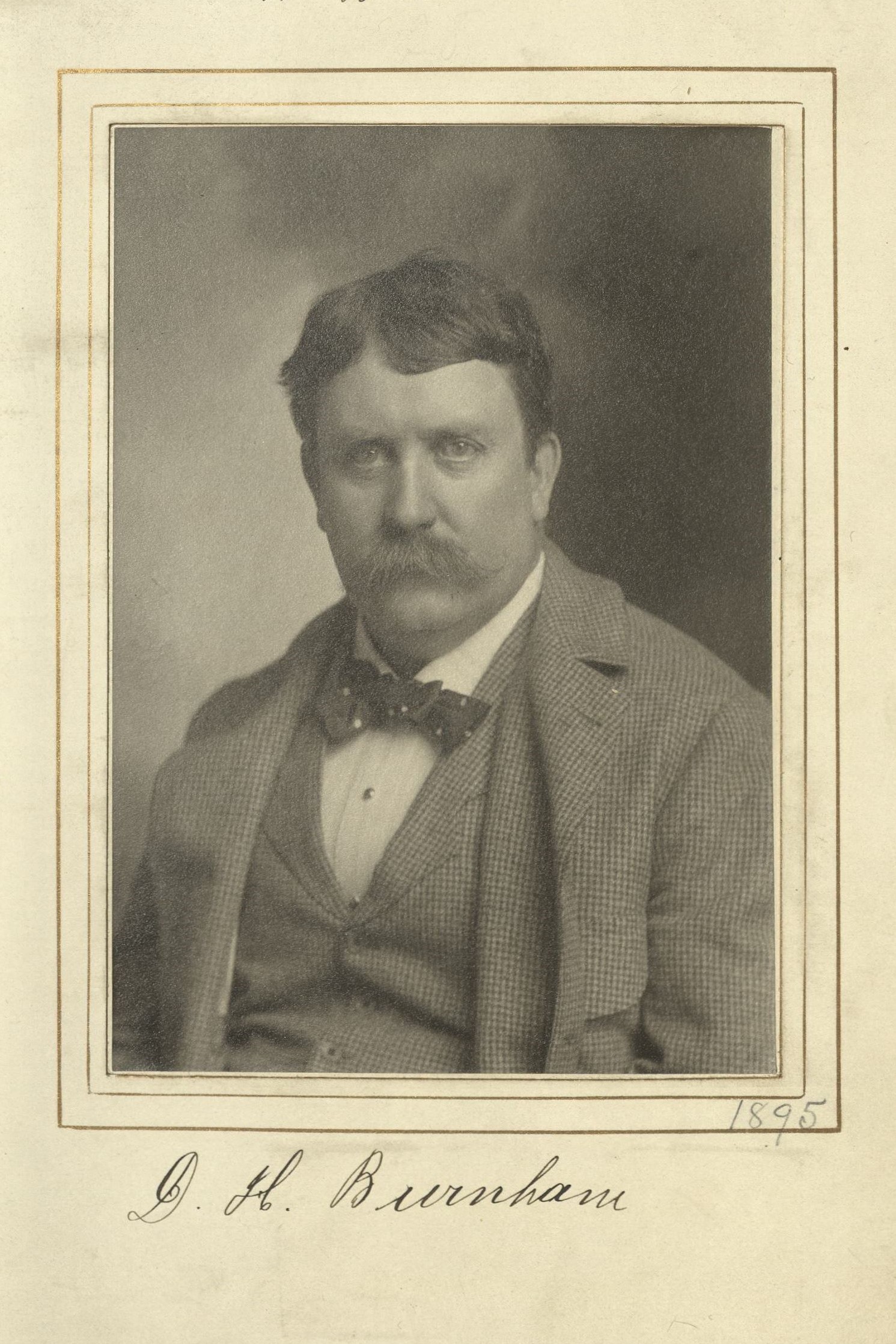Member Directory,
1847 - 1922
Homer Saint-Gaudens
Author
Centurion, 1911–1958
Richard Watson Gilder and Charles O. Brewster
Boston, Massachusetts
Miami, Florida
Age thirty
Cornish City, New Hampshire

Archivist’s Notes
Son of Augustus Saint-Gaudens
Century Memorial
The son of a famous father [Augustus Saint-Gaudens] whose portraits in sculpture have become landmarks in New York and elsewhere, Homer Saint-Gaudens grew up in the circle of the arts. It was natural for him to become a critic but here he reached beyond the fine arts into literature and the theatre. And when crises came to his country, he turned his native talents to its service.
He was born in Roxbury, Massachusetts, on September 28, 1880. He prepared for college at a sequence of schools in Lawrenceville, Paris, Dresden, and New York—evidence of the peregrinations into which his father’s work took him. He entered Harvard at nineteen. There he may have achieved much in many directions, but a friendly antagonist of the same class at Yale remembers him chiefly as captain of the fencing team and a superb fencer. “A gift,” this con temporary suggests “from some Gascon ancestor, no doubt.”
In his boyhood and youth, he spent his leisure time in his father’s studio, following the phases of the sculptor’s creation. Here and at family dinners he met the best American artists of the time: such men as John La Farge, John Singer Sargent, Edwin Abbey, John Alexander, Frank Millet, Stanford White, Charles McKim, and Daniel Burnham. Is it surprising that, growing in such an ambience, he was never quite able to break out of the magic circle?
He started in as a newspaper reporter on Charles Dana’s New York Sun but soon he was doing criticism over a large field. Then, with the illness and death of his father, he gave up everything for the moment to complete The Reminiscences of Augustus Saint-Gaudens, a book which still stands on the top shelf of American art biography.
Meanwhile, he had come to love the theatre. This fascination had begun for him in his school days in Paris. Now as a New York critic, he was one of the first to see the great potential of Barrie’s Peter Pan, and his understanding comments on this brought him an offer from Charles Frohman. Soon he was stage director for Maude Adams. He directed The Little Minister, What Every Woman Knows, and A Kiss for Cinderella. Later he directed the production of Brieux’s The Red Robe, of which Lionel Barrymore was the star, and Eugene O’Neill’s Beyond the Horizon. His greatest work in the theatre, however, was in the field of lighting, in which he eliminated much that had been haphazard and replaced it with true scientific method.
In 1918, as an officer of the 40th Engineers, he organized the first American camouflage force. In France, he had charge of all the camouflage work of the Second Army. When the war was over, he became a Lieutenant-Colonel in the Engineers Reserve Corps. Between the wars, he spent some time nearly every year in an army camp, developing new camouflage techniques and in the Second World War, he became Chief of the Camouflage Section, European Theatre of Operations. He was awarded the Legion of Merit Medal for his work in “the entire European Combat Area.” Before D-Day in 1944, Colonel Saint-Gaudens was in charge of hiding the American armies as they gathered for invasion assembly.
In 1922, Saint-Gaudens was made Director of Fine Arts at the Carnegie Institute. He organized seventeen series of annual international exhibitions of oil paintings, spending time each year visiting the studios of American and European artists in search of the best canvases. In 1941, his book The American Artist and his Times was published.
Roger Burlingame
1959 Century Association Yearbook
Related Members
Member Directory Home-
 Edwin A. AbbeyArtistCenturion, 1897–1911
Edwin A. AbbeyArtistCenturion, 1897–1911 -
 John White AlexanderArtistCenturion, 1891–1915
John White AlexanderArtistCenturion, 1891–1915 -
 Charles O. BrewsterLawyerCenturion, 1897–1912
Charles O. BrewsterLawyerCenturion, 1897–1912 -
 Daniel H. BurnhamArchitectCenturion, 1895–1912
Daniel H. BurnhamArchitectCenturion, 1895–1912 -
 Charles W. CampAuthorCenturion, 1921–1936
Charles W. CampAuthorCenturion, 1921–1936 -
 Barry FaulknerPainterCenturion, 1917–1966
Barry FaulknerPainterCenturion, 1917–1966 -
 Richard Watson GilderEditor/PoetCenturion, 1880–1909
Richard Watson GilderEditor/PoetCenturion, 1880–1909 -
 Augustus Saint-GaudensSculptorCenturion, 1886–1907
Augustus Saint-GaudensSculptorCenturion, 1886–1907



